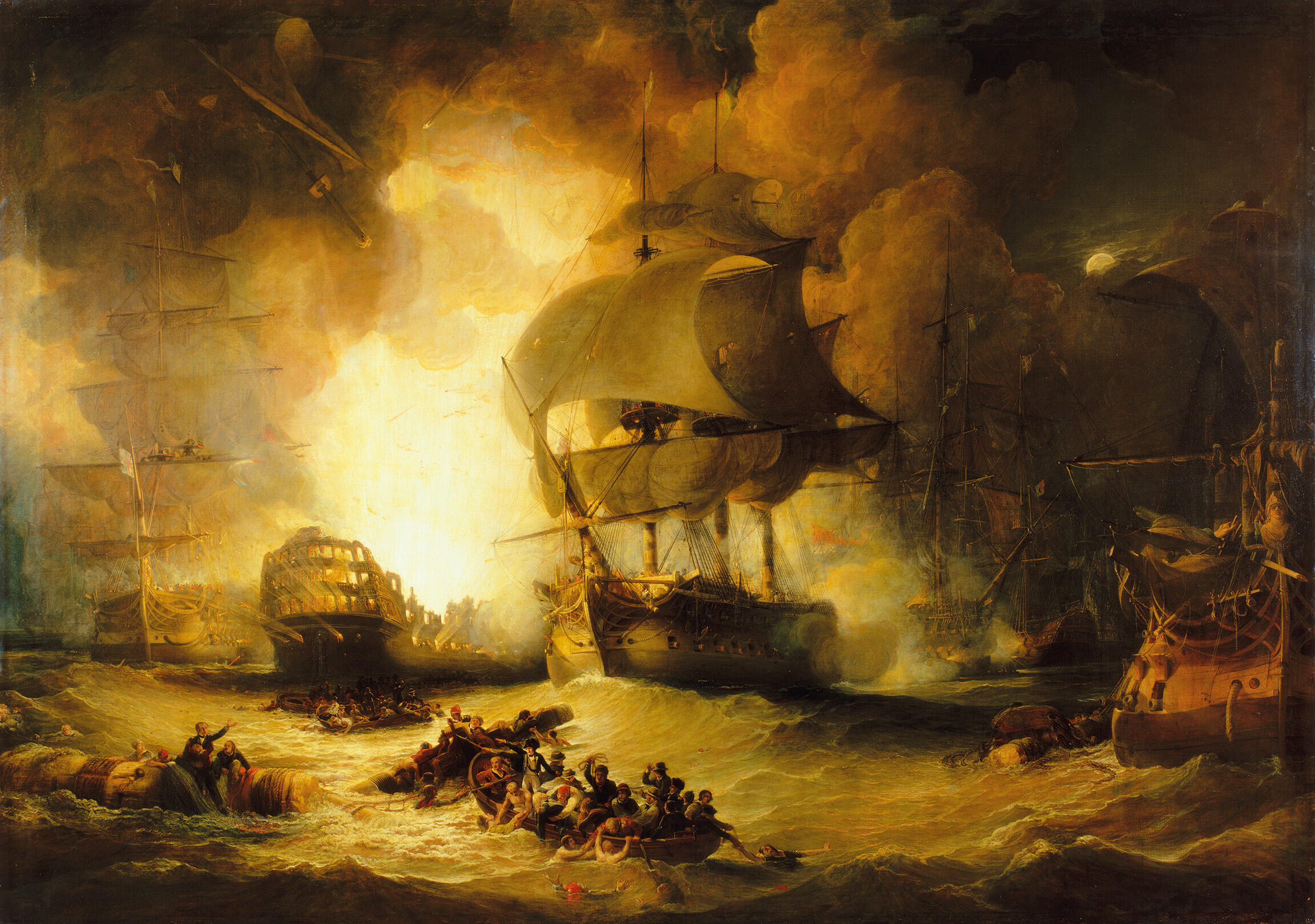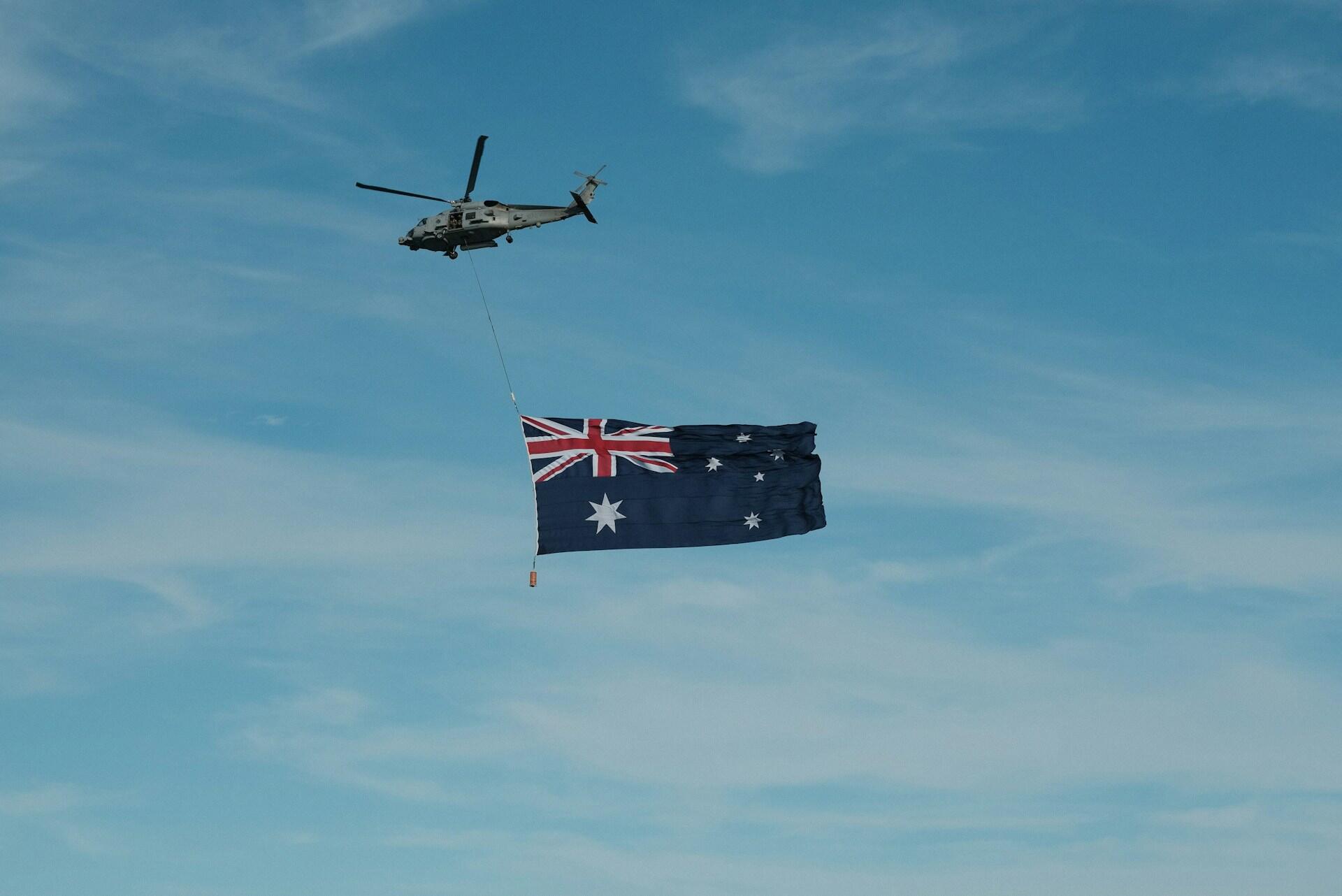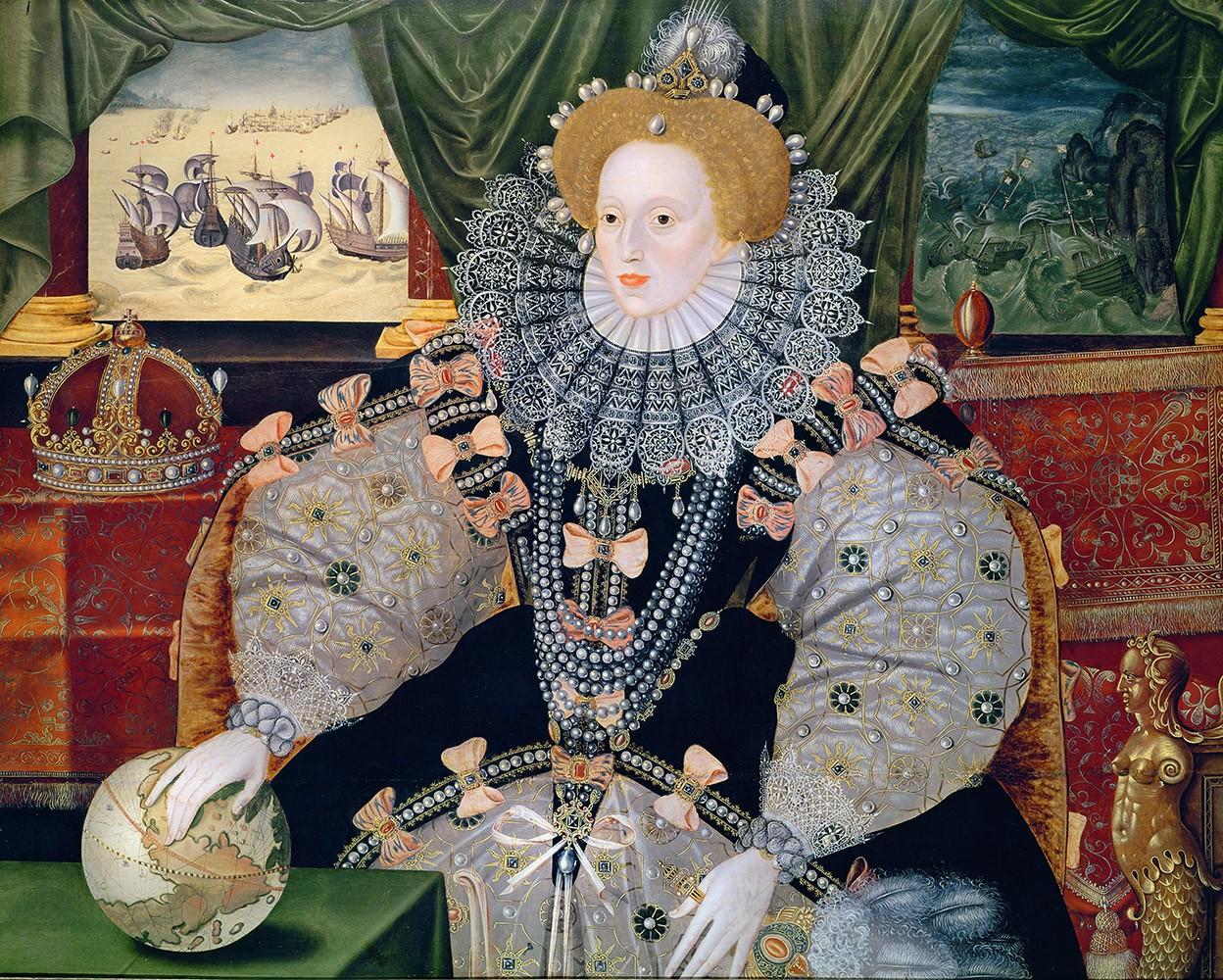Australia has a rich and complex history. From tens of thousands of years of Aboriginal and Torres Strait Islander history to the arrival of the British, colonisation, suppression, and opening its doors to migration to create a multicultural society. We can't cover everything in one article, but here are the key points.

Australia’s First Peoples and Deep Time History
Long before British ships, Australia was home to the world's oldest continuing cultures. Aboriginal and Torres Strait Islander peoples have lived on the continent for over 65,000 years. During this time, they developed deep spiritual, social, and cultural connections to land and sea. They developed complex knowledge systems, trade routes, and oral histories, which still guide communities today.
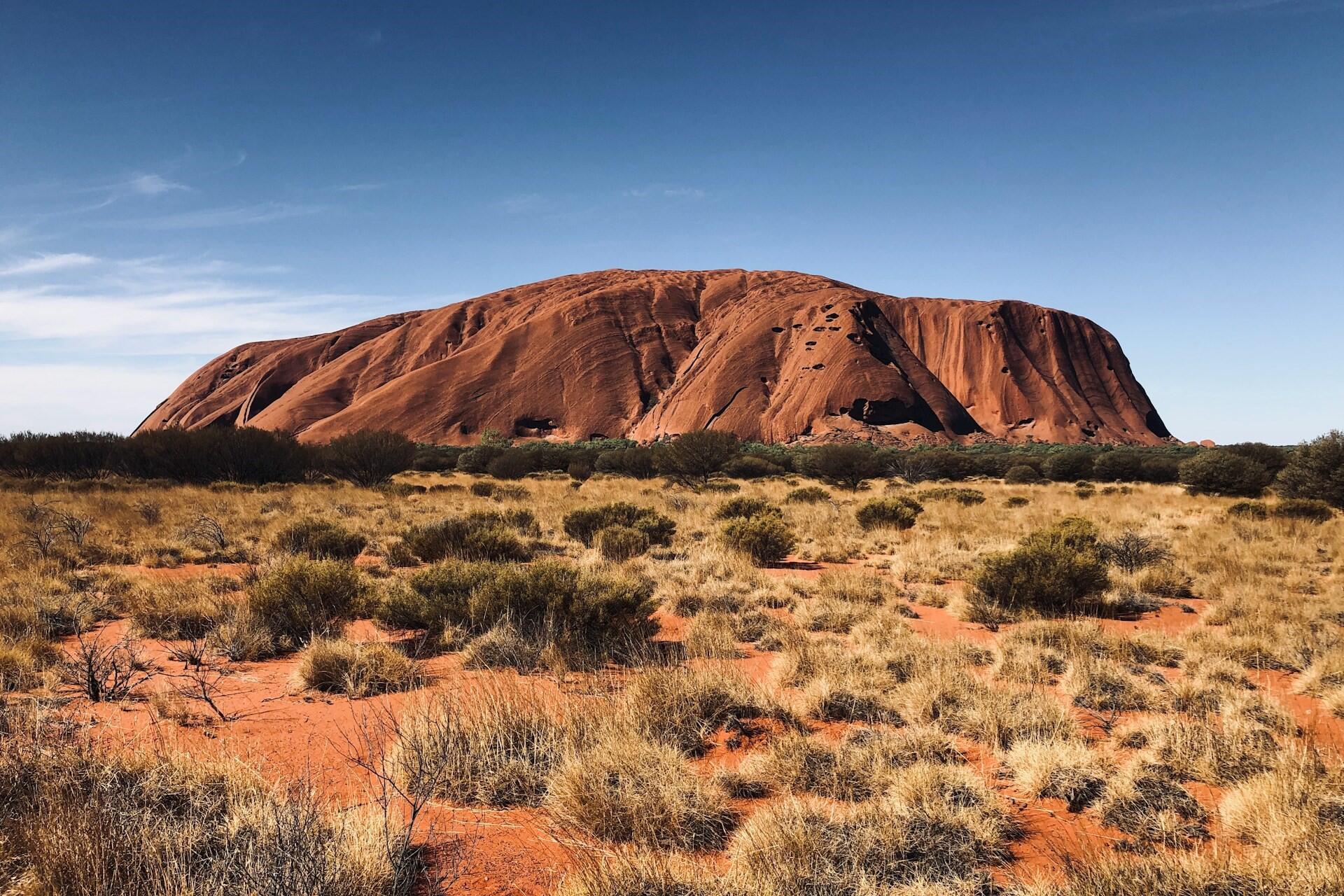
The Australian continent is home to hundreds of distinct Aboriginal nations, each with its own languages, customs, and laws. Archaeological evidence from sites such as Lake Mungo and Madjedbebe demonstrates that Aboriginal people adapted to climate shifts and developed sustainable ways of life.
Despite colonisation and the attempts to erase Indigenous culture, many of these traditions continue today and shape Australia's national identity, showing us that the story of Australia doesn't begin in 1788 but instead with Aboriginal history.
Aboriginal and Torres Strait Islander peoples have lived in Australia for over 65,000 years, developing sophisticated knowledge systems, sustainable land management practices, and deep cultural connections to Country.
British Arrival and the First Fleet (1788)
On 26 January 1788, the First Fleet arrived in Port Jackson. This was the beginning of British colonisation in Australia. Eleven ships with 1,400 people, including over 700 convicts, anchored in what is now Sydney Cove, New South Wales. The fleet was led by Captain Arthur Phillip and established the first permanent European settlement on the continent, marking the beginning of Australia's transformation into a penal colony for Britain's overcrowded prisons.
The arrival of the British was devastating for Aboriginal and Torres Strait Islander peoples. The false doctrine of terra nullius, which claimed the land was uninhabited, ignored Indigenous nations and their custodianship of the land. Settlers expanded, causing frontier conflicts and dispossession while also introducing diseases that led to loss of life and culture among First Nations communities.
A suspected smallpox epidemic in 1789 devastated Aboriginal communities around Sydney, killing up to 50–60% of those exposed, while having far less impact on European colonists.
The early colony struggled to survive. Harsh conditions and food shortages made things difficult. However, the colony founded by the First Fleet slowly took root and would set the stage for more colonies, a network of colonial states, convict labour, land expansion, and Indigenous resistance.
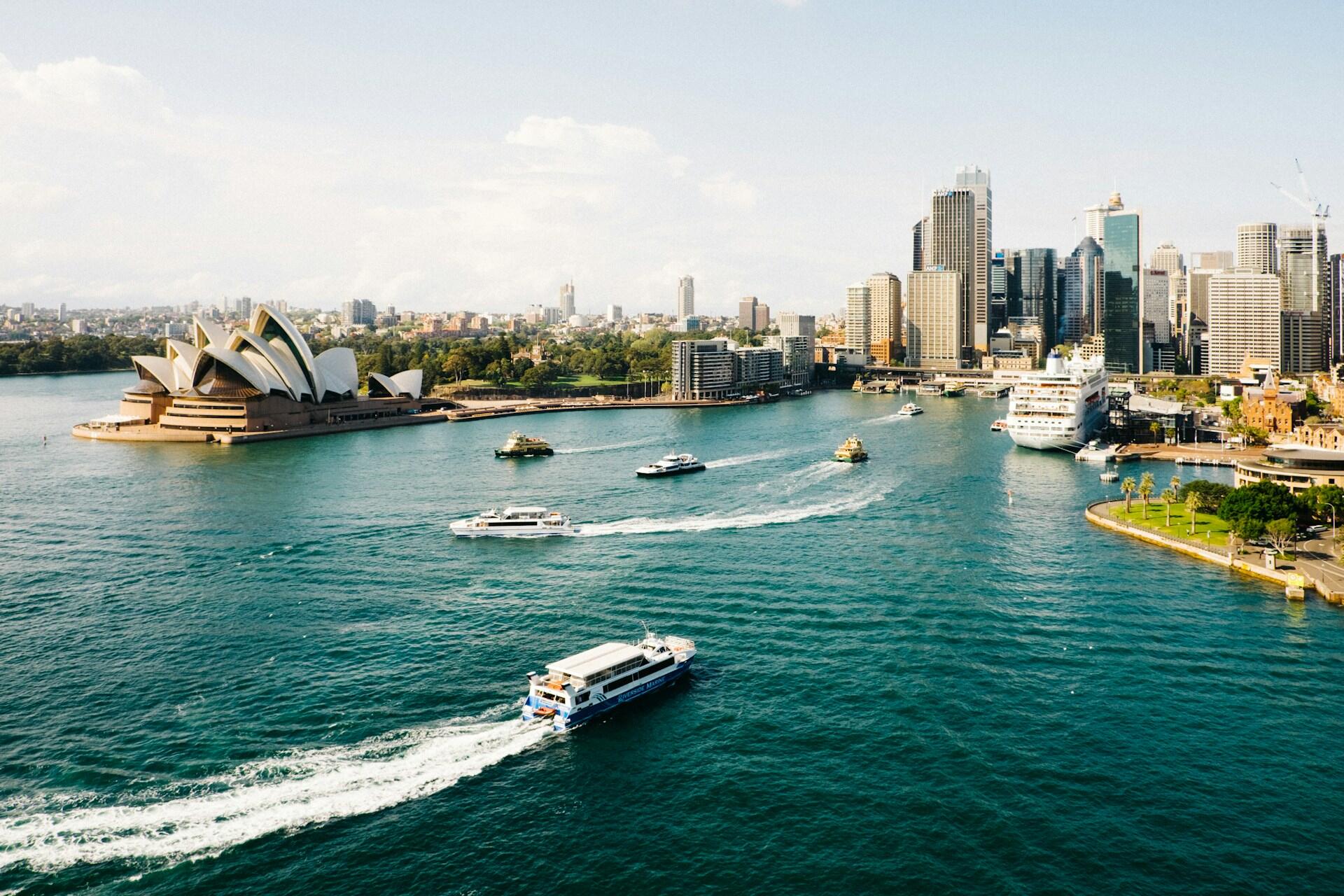
Convict Colonies and Early Expansion
Australia evolved into a series of British convict colonies during the late 18th and early 19th centuries. Following the establishment of New South Wales in 1788, further penal settlements were founded in Tasmania, Western Australia, and Norfolk Island. Convict labour was central to the development of infrastructure, agriculture, and public works across the expanding colonies.
Convicts made up a significant part of the early population, but free settlers started arriving during the early 1800s. Settlers rapidly expanded into the interior, with settlements expanding beyond coastal hubs with wool and sheep significantly contributing to Australia's colonial economy and growth.
Settler populations grew, but so did the conflict with Aboriginal peoples. Frontier violence escalated as Indigenous peoples resisted displacement and land seizure. Six British colonies had been established across the continent by the mid-19th century. Each had its own government, laws, and policies. They were still tied to Britain, though, which would heavily influence policy.
by 1861.

Gold Rushes and the Path to Federation
The discovery of gold in New South Wales and Victoria in 1851 transformed Australia's colonies. Soon, towns like Ballarat and Bendigo were filled with diggers from around the world, including China, Europe, and North America. Gold rushes led to population growth, booming economies, and the development of infrastructure, including roads, railways, and telegraph lines, that connected mining regions with ports and cities.
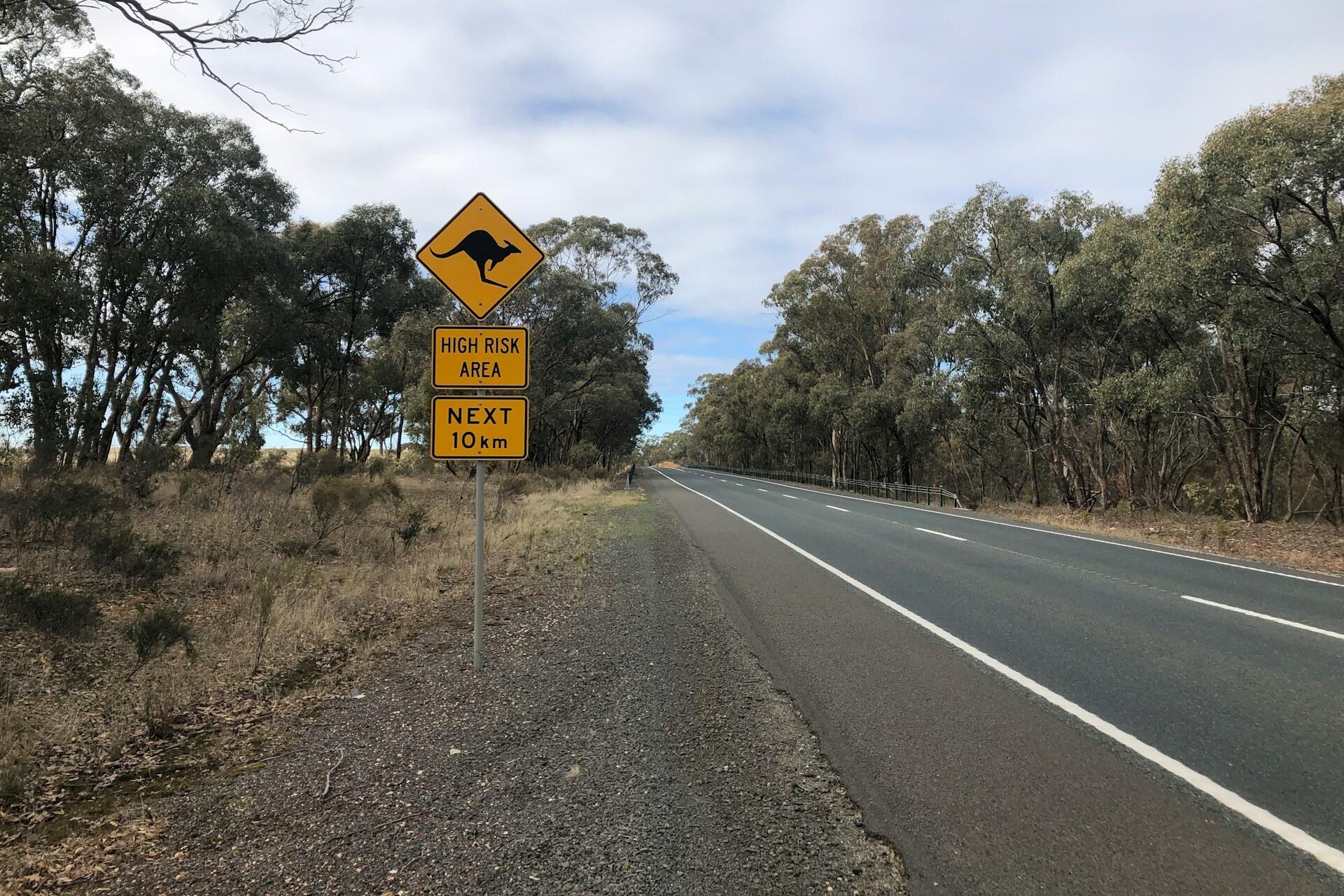
Licence fees, policing, and the lack of political representation all contributed to tensions in Australia at the time. The Eureka Stockade in 1854, for example, was an armed uprising in Ballarat. Although short-lived, and resulted in many casualties for the diggers, the heavy-handed response by the government helped prompt changes in mining laws and voting rights.
During this time, colonies gained more self-government, with responsible government established in most by the 1850s and 1860s. However, intercolonial trade, defence, and infrastructure were difficult, and the idea of unification became increasingly appealing.
On 1 January 1901, the six colonies officially united to form the Commonwealth of Australia, with a federal parliament and a national identity, while remaining a dominion of the British Empire.
1851
Gold Discovered in NSW & Victoria
Global influx of prospectors sparked population, economic, and infrastructure booms.
1854
Eureka Stockade Uprising
Miner revolt in Ballarat over licence fees and representation, forcing post-mining reforms.
1901
Federation of Australia
The six colonies formed the Commonwealth, founding a federal government under the British Crown.
World Wars and the ANZAC Legacy
When the First World War broke out in 1914, Australia was still a young nation. This was the country's first major military engagement as a federated nation. At the time, Australia was still a dominion of the British Empire, so it immediately pledged support.
The Australian Imperial Force (AIF) was formed. Thousands of Australians served overseas, with the most famous campaign being that of Gallipoli in 1915, where they fought alongside New Zealand troops as part of the ANZACs (Australian and New Zealand Army Corps). The campaign was a military failure plagued by many poor decisions. Still, over a century later, it's remembered for the ANZAC spirit, which became central to Australia's identity: courage, sacrifice, camaraderie, and humour in the face of adversity.
Over 60,000 Australians died in WWI, with many more wounded. The nation was affected both emotionally and economically. Social divisions emerged under the pressure of the war, particularly during the conscription debates in 1916 and 1917.
In the Second World War, Australia again entered the conflict alongside Britain in 1939. Australian troops served in Europe, North Africa, and the Pacific when Japan entered the war. The fall of Singapore in 1942 and Japanese attacks on Darwin and Sydney were catalysts in shifting Australia's defence focus from Britain to the United States.
During World War II, nearly one million Australians served. Despite facing discrimination at home, many Aboriginal Australians also served. The war changed Australia's economy, workforce, and foreign policy. Post-war reconstruction set the stage for a more independent Australia, one that would look outward to migrants for change.
Migration, Nation-Building, and Multicultural Change
After the Second World War, Australia's next challenge was securing its future and safety while rebuilding the country. The government launched a major immigration programme with the slogan "Populate or Perish". The goal was to boost the population, workforce, and national defence, through natural population growth and by looking beyond Australia's borders.
The first migrants were primarily from Britain, with the "Ten Pound Poms" scheme offering affordable travel to Australia. Tens of thousands of British immigrants made their way to Australia. Later agreements with European countries and international refugee programmes welcomed displaced people from war-torn regions. These migrants played a significant role in building much of Australia's infrastructure, including roads, dams, and factories, thereby shaping cities such as Melbourne, Sydney, Adelaide, and Perth.
Although initially influenced by the White Australia Policy, immigration policies would gradually shift toward more non-discriminatory measures. By the 1970s, migrants from Asia and the Middle East were arriving in greater numbers as the country adopted multiculturalism as part of its national identity.
From there, Australia strengthened its ties with its Asia-Pacific neighbours, moving away from its identity as a British colonial outpost to one of a strong, independent, and outward-facing country whose policies more closely matched its geographical location.
Post-WWII Immigration Waves
Civil Rights, Indigenous Recognition, and Social Reform
Though Australia's immigration policy would become one of multiculturalism, its domestic policies weren't as progressive. Aboriginal and Torres Strait Islander peoples had to fight for justice, equality, and recognition increasingly. Colonisation in Australia's earlier history had led to dispossession, violence, and marginalisation, and the movement to challenge discriminatory laws and assert their rights grew throughout the 20th century.
The Day of Mourning in 1938 was held on the 150th anniversary of British colonisation. While the government was celebrating its colonial ties, Aboriginal and Torres Strait Islander peoples were drawing attention to the other side of the story.
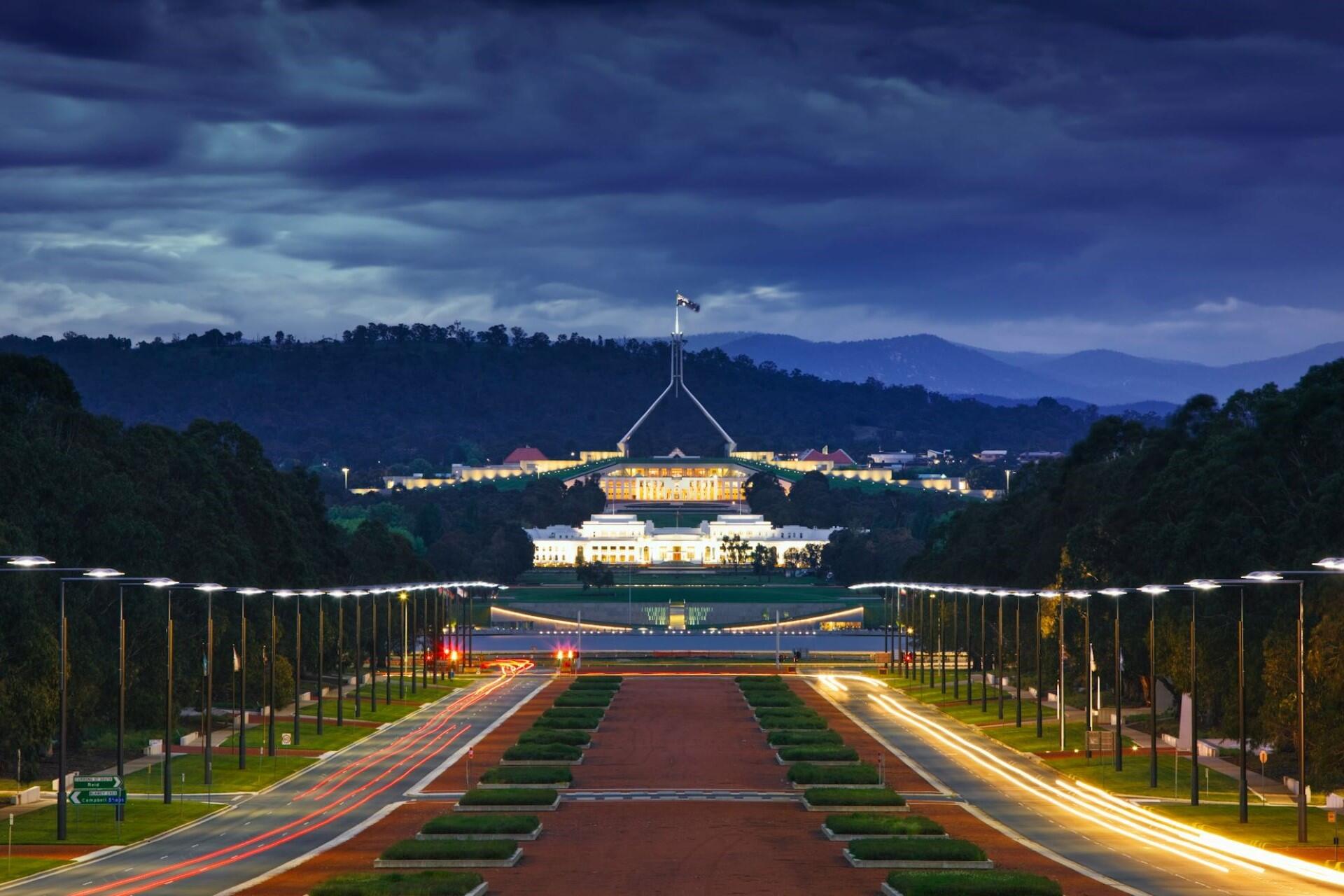
The Freedom Ride in 1965 brought national attention to racial segregation and discrimination in rural New South Wales. This campaign helped expose the deep inequalities in Australian society. Just two years later, over 90% of Australians voted "Yes" in a national referendum to amend the Constitution. These amendments allowed the federal government to legislate on their behalf and for Aboriginal people to be counted in the census.
The apology to the Stolen Generations in 2008 from Prime Minister Kevin Rudd and the 2017 Uluru Statement from the Heart were notable shifts in recognising injustices. The 2023 referendum on the Voice didn't pass, but the movement for justice and self-determination is still strong.
Legacy and Modern Australia
Like many other countries, Australia is a product of its history. It's been shaped by 65,000 years of Aboriginal history, colonial conflict, migration, reform, and war. From Aboriginal and Torres Strait Islander culture to British colonialism, gold rushes, world wars, and modern migration, it's a complicated story. Each chapter in Australia's history has marked the land, the people, and national identity.
Modern Australia is a multicultural and democratic society that is still grappling with its past. The effects of colonisation are still lived by Indigenous communities. While these injustices haven't been fully rectified, steps are being made. The national identity of Australia is constantly evolving, and Australians are reflecting on the country's past now more than ever.
















